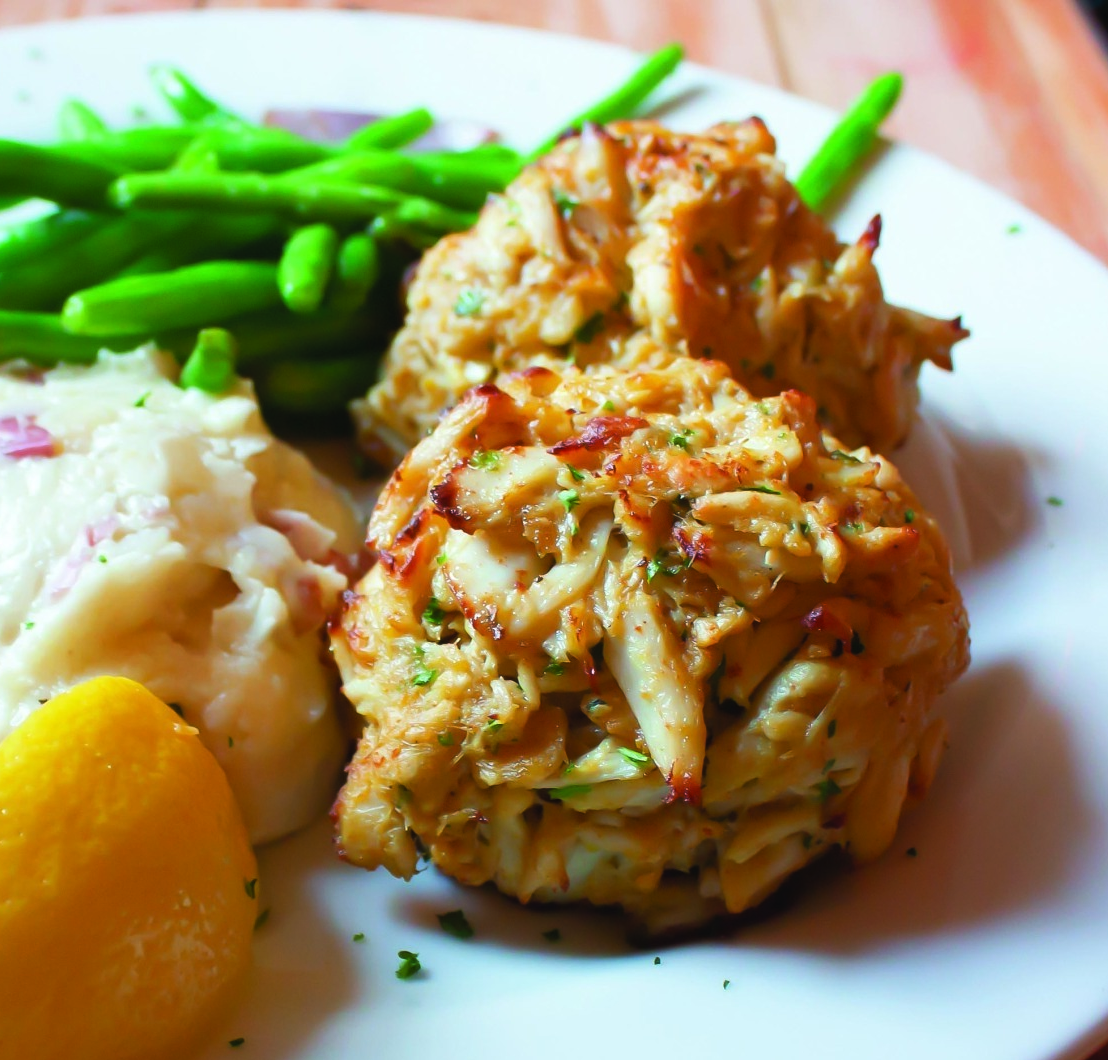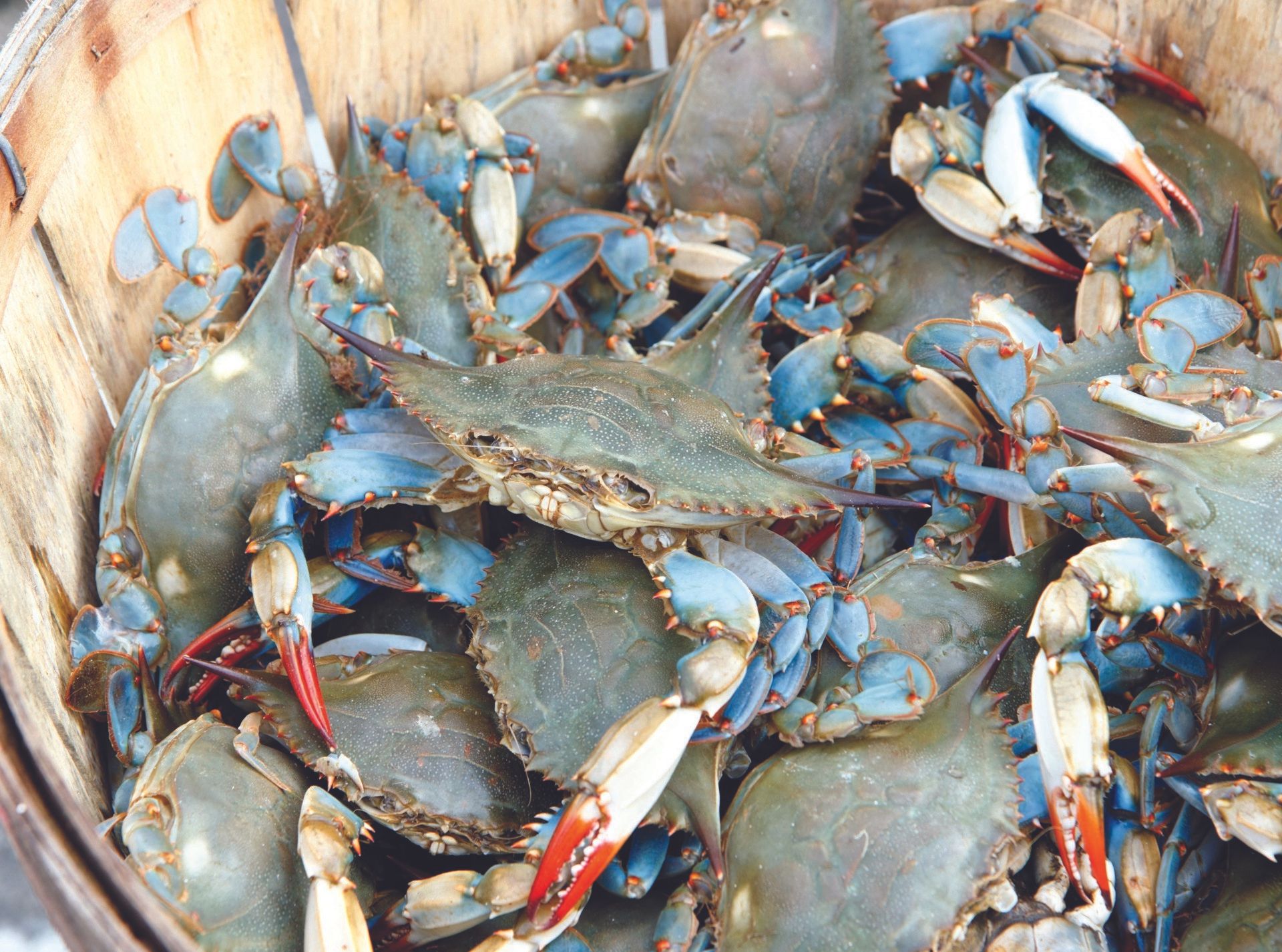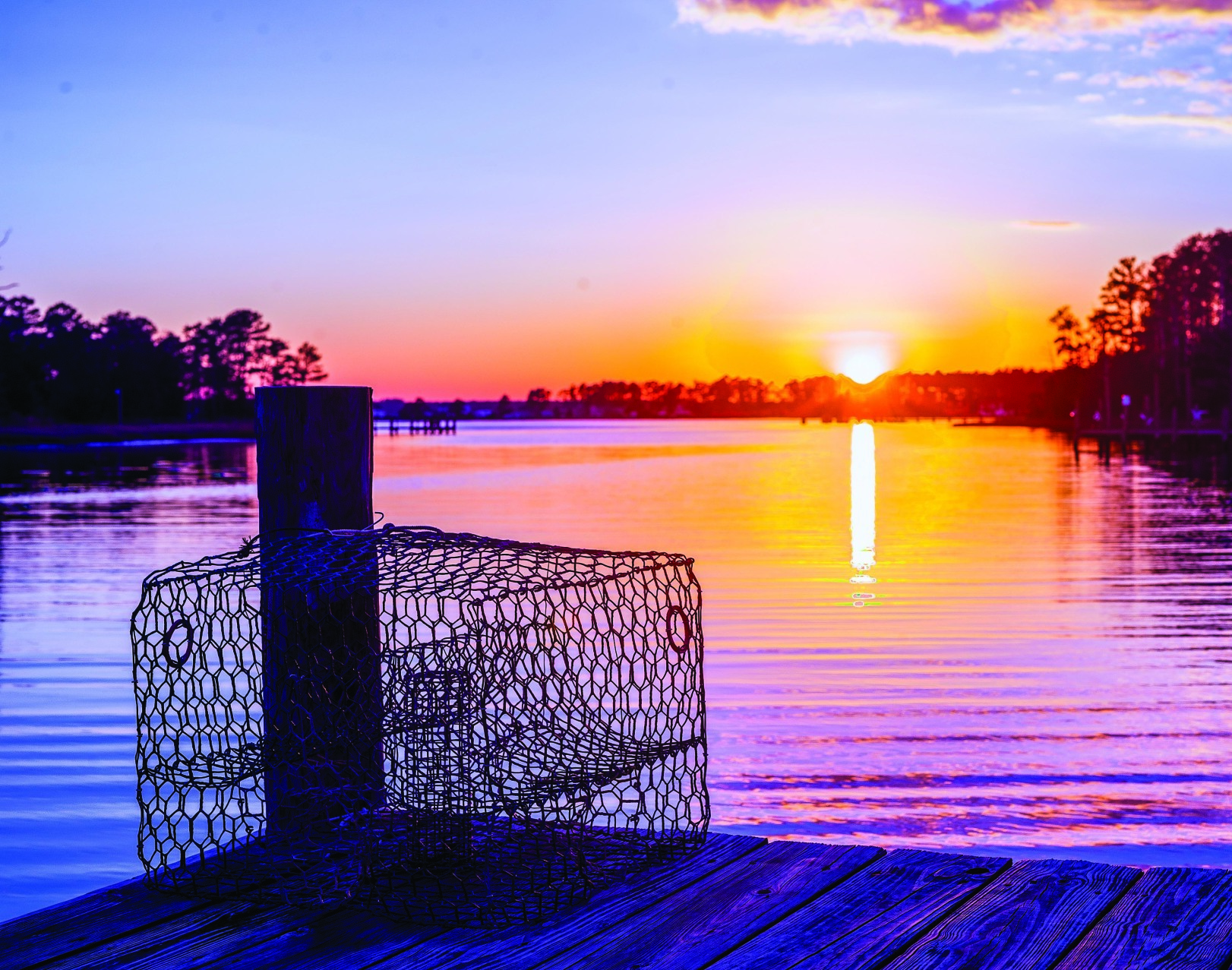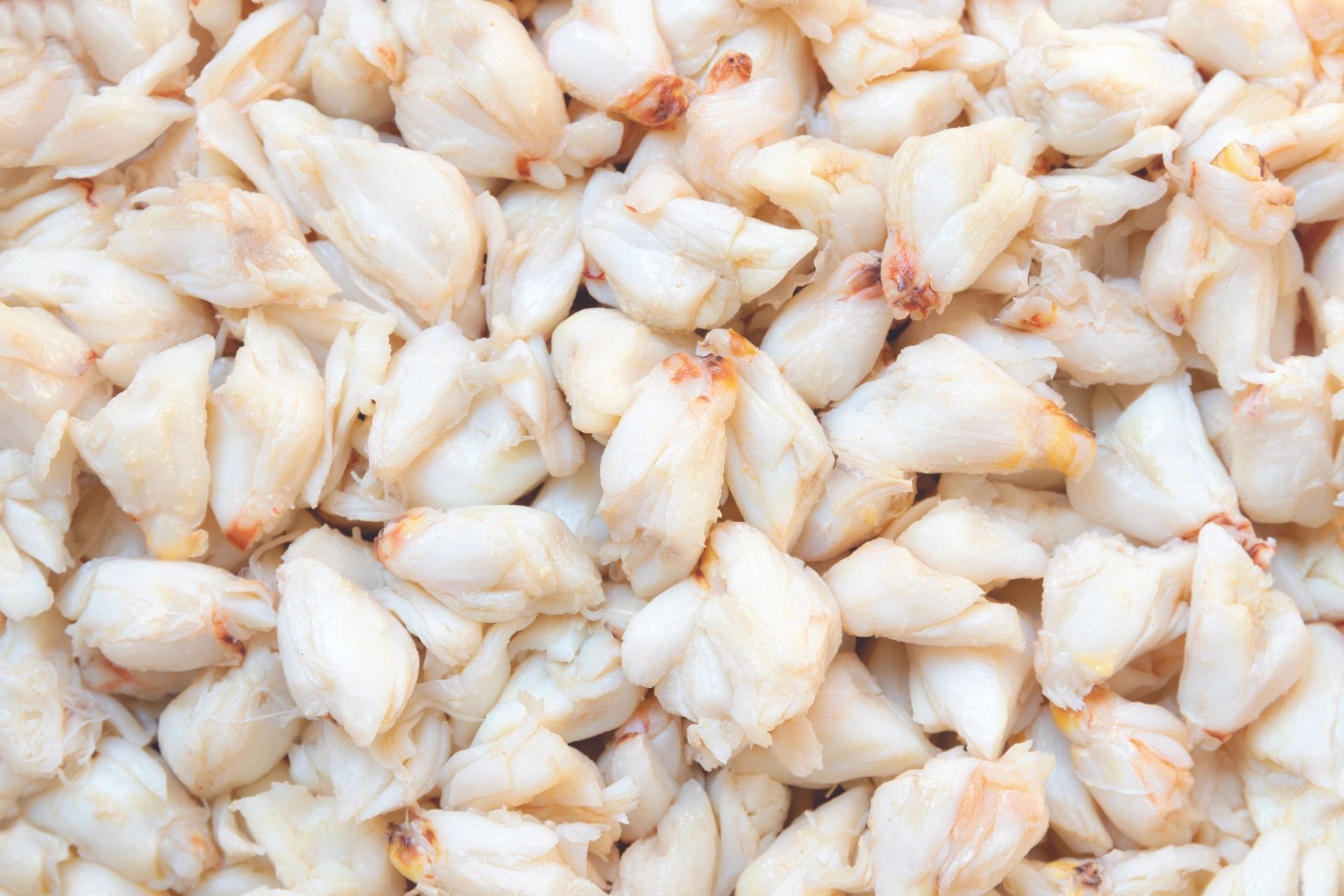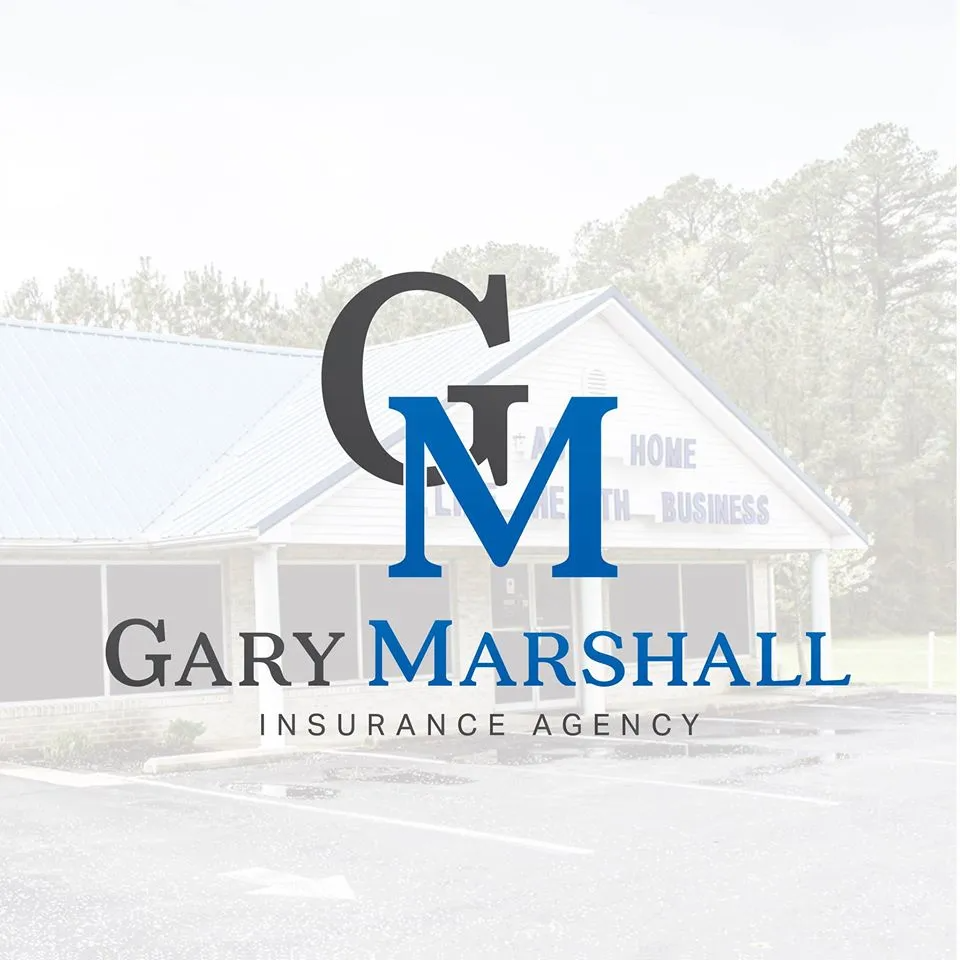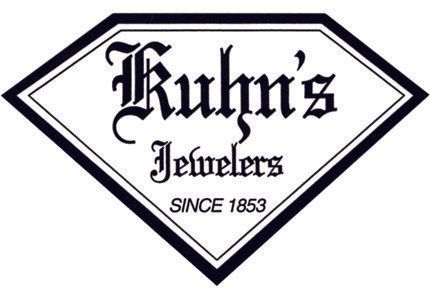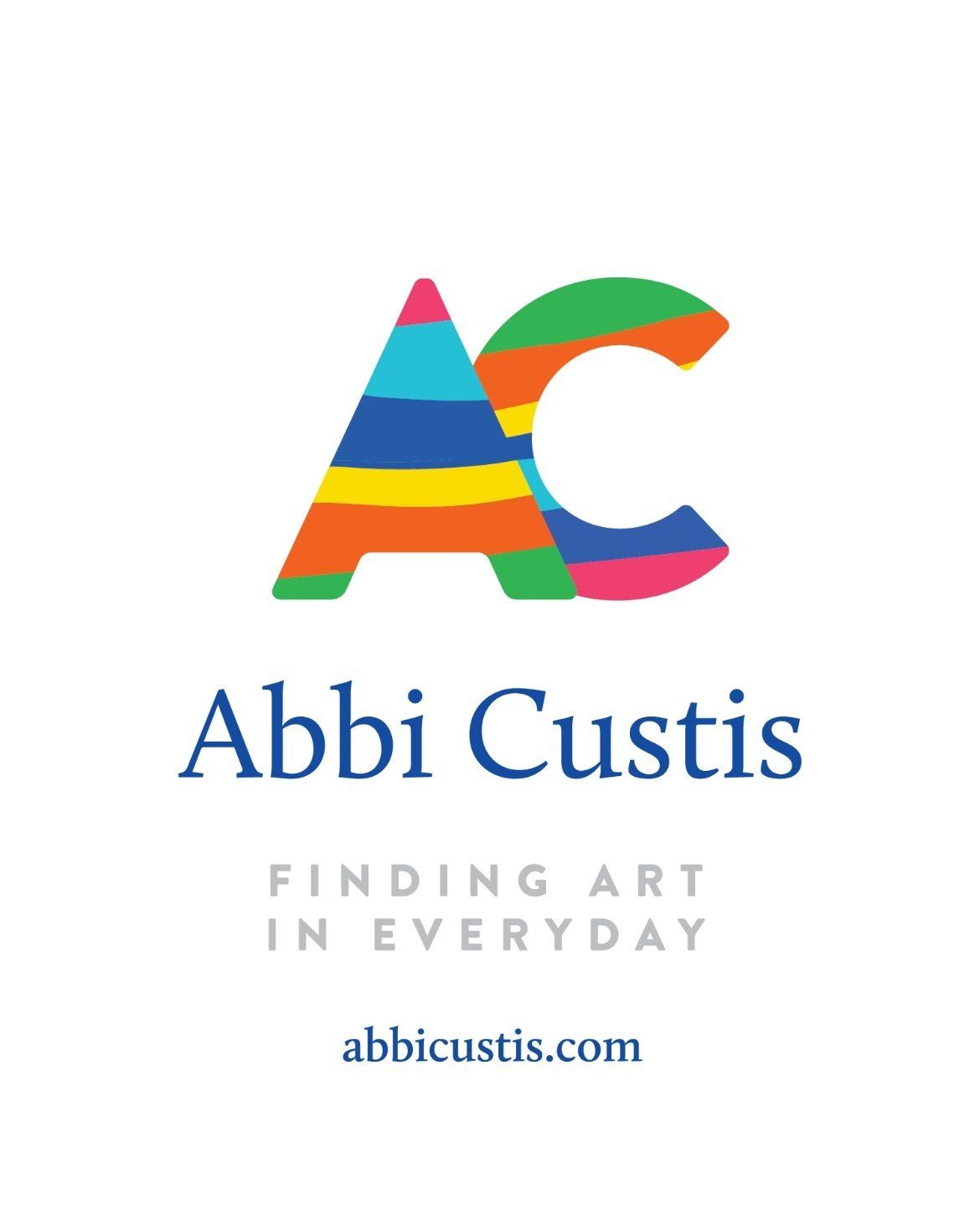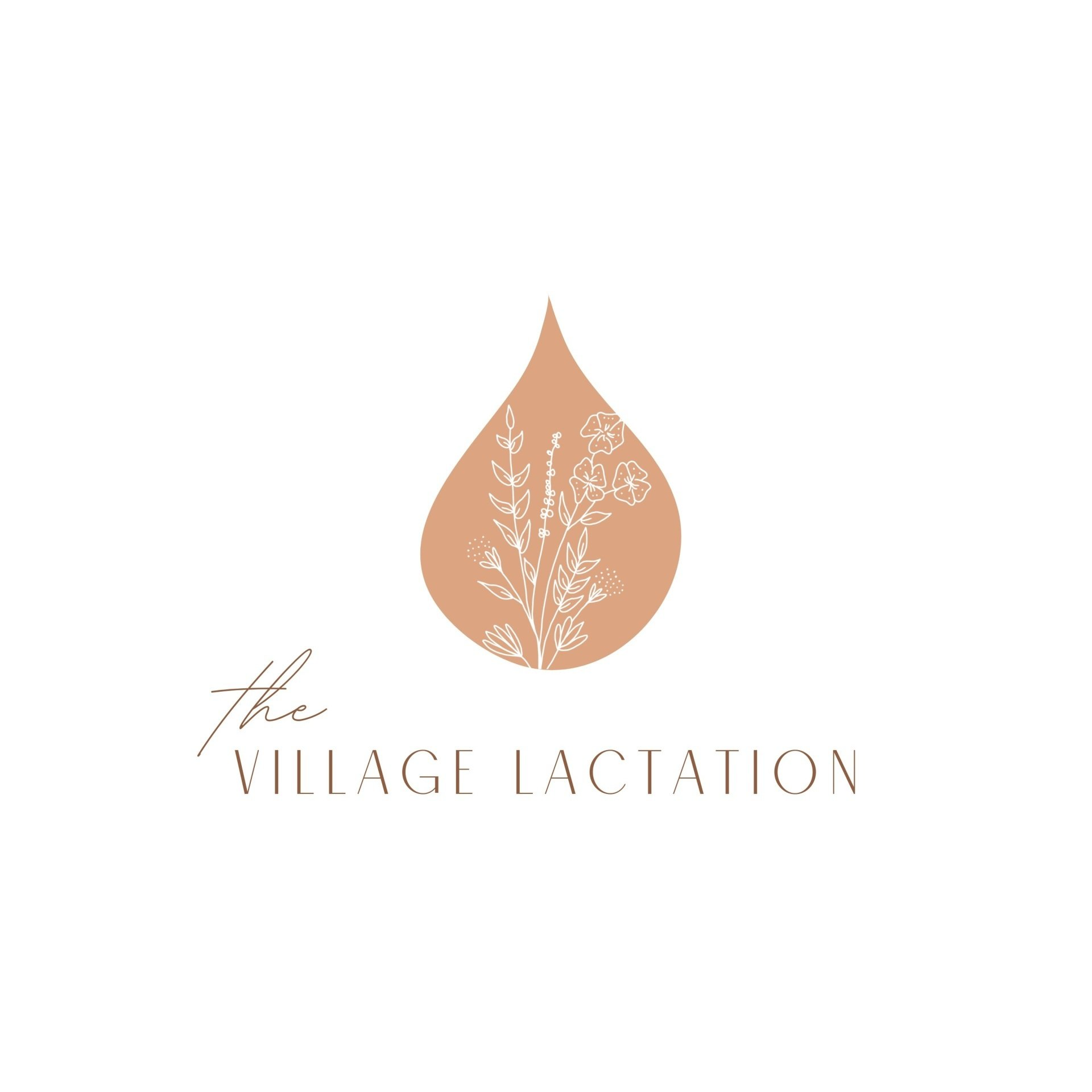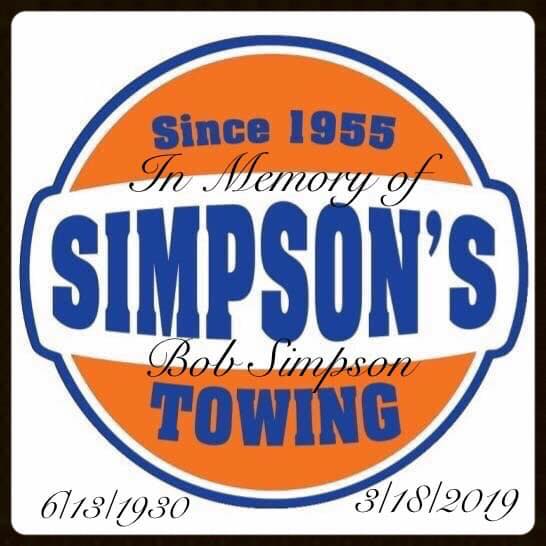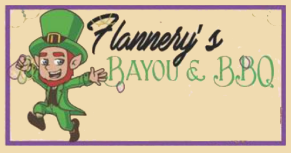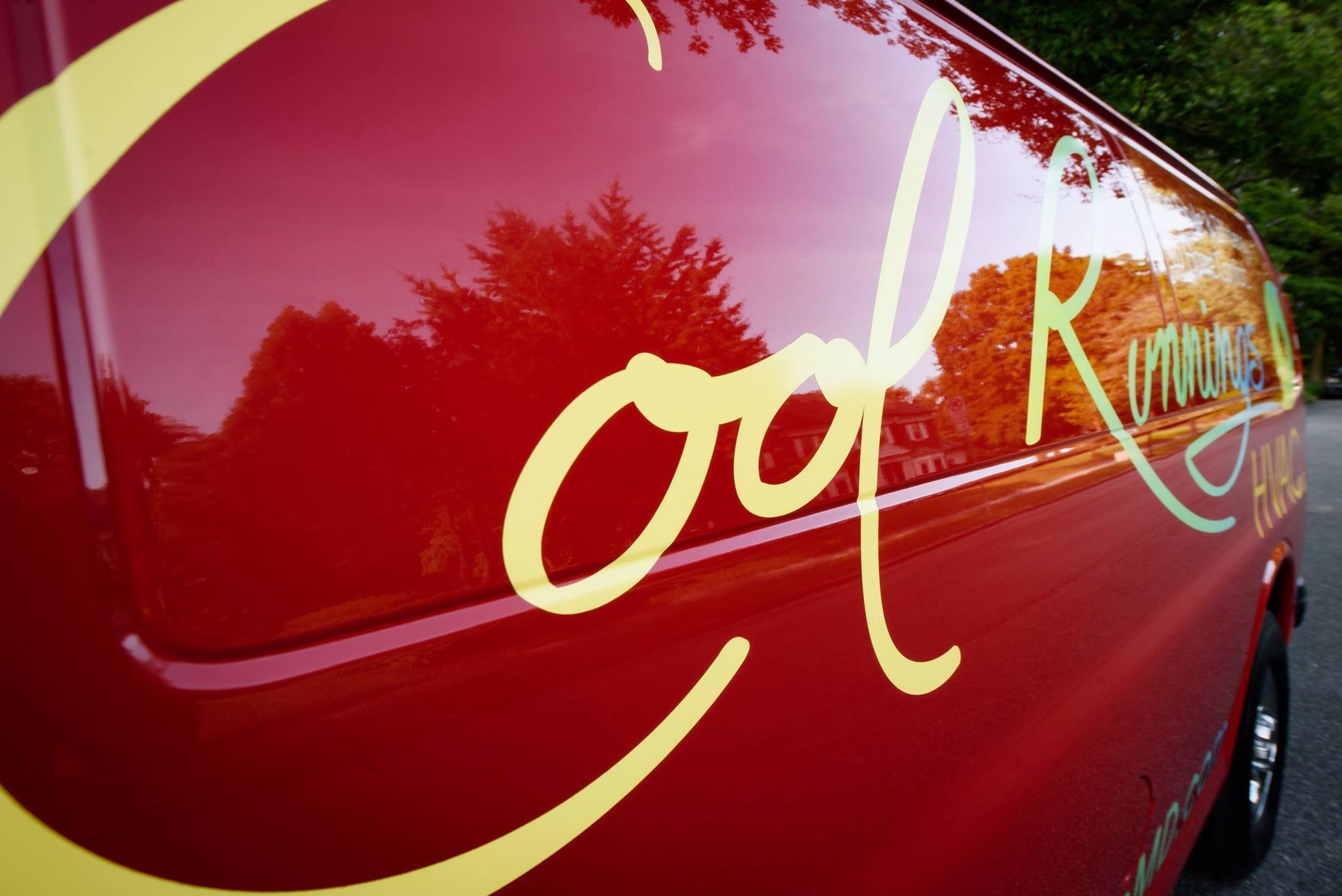Reach Us At
Join our VIP e-mail list to receive the latest specials and news from Shop Local Delmarva.
Contact Us
Connect
History of the Crabcake
By Colin McCandless
July 29th, 2021
No one can deny that crab cakes are king in this part of the country, but when did the almighty crab cake first originate, and what favorable conditions allowed for it to become such an Eastern Shore seafood staple?
Like most food origin stories, the answer is complicated. Some contend the crab cake dates back to the Native Americans who lived along the Chesapeake Bay region, and was later adopted by the English settlers. Crab dishes were primarily confined to coastal areas throughout the 1800s, with the nation’s interior regions largely missing out prior to the advent of refrigeration and swifter transport.
Even along the coast, crab wasn’t eaten nearly as often as it is today because it was considered too difficult and time-consuming to access the meat. Fishing for crabs is labor intensive, and handling them could result in some painful pinches from the feisty creature’s two front claws. For these reasons, in earlier times, crabs weren’t as popular as other types of shellfish. But that all changed as we learned how to better handle crabs and more people discovered the sweet taste of its meat.
Crabs were abundant along the South and Mid-Atlantic coast, and the most common crab was, and still is, the blue crab, which is particularly plentiful throughout the Chesapeake Bay. Blue crabs live in estuarial waters, making the Chesapeake a perfect place to find them. By the early 20th century, Maryland and Virginia grew into the country’s major source of crab meat. As eating crabs boomed in popularity, crab cake recipes started popping up on menus in more Maryland towns.
The first printed reference to a crab cake is often attributed to Crosby Gaige, who in 1939 introduced a recipe for what he called the “Baltimore Crab Cake,” in a cookbook entitled
New York World’s Fair Cookbook: The American Kitchen. His recipe added bread crumbs and spices to the crab meat, which is how one common version of the crab cake is still served today.
It should be noted, however, that there are other websites detailing the history of the crab cake which argue that this claim is false. They point to recipes for crab cakes appearing in print as early as 1891, including Thomas Jefferson Murrey’s Cookery with a Chafing Dish, and in Mrs. Charles H. Gibson’s Maryland and Virginia Cookbook, published in 1894. Even prior to these books, the term crab cake was referenced in newspapers. Some early 20th century Maryland poets even paid homage to crab cakes in their works. And while Gaige’s cookbook is typically cited as the first printed mention of the modern crab cake recipe, it's generally accepted that by this point it was already a common food in Maryland and a number of southern states.
Of course Maryland has made the crab cake famous, utilizing fresh and delectable blue crabs, and it eventually became the state’s most iconic dish. While recipes may differ depending on where you are, almost all variations feature a binding agent such as bread crumbs, cracker crumbs, a cream sauce, or an egg and flour that is combined with lump crab meat, shaped into a patty and seasoned. You can broil or fry it, and some recipes call for more binding while others include almost no filler, allowing the fresh crab’s flavor to stand out on its own.
Regardless of which way you prefer to eat a crab cake, now that transporting seafood is quicker, and watermen have honed the art of crabbing over generations, restaurant patrons across the country are able to enjoy what was once just an added benefit of the Chesapeake Bay's bounty.
Sources: marylandcrabcakes.net, midatlanticcooking.wordpress.com, oldlineplate.com, easternshorecrabcakes.com, oceanservice.noaa.gov/education/kits/estuaries/media/supp_estuar07b.crab.html
Share this Post


